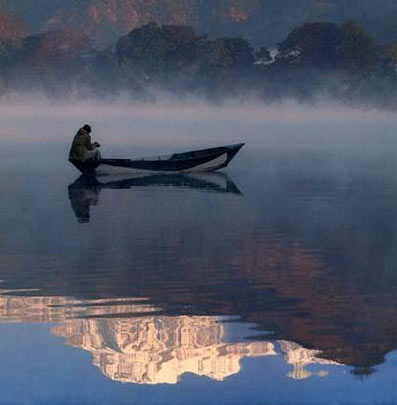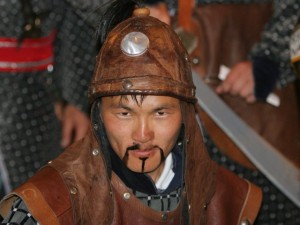Recently, Shane offered a simple and easy to learn concentration exercise.
The essence of concentration is the ability to focus on one thing at a particular time. This focus and one pointed concentration is essential to good meditation. If we practice concentration exercises it will definitely help our meditation. In this meditation exercise, we are again concentrating on one particular thing. This time it is our breathing.
As well as concentrating, the secret to meditating well is the ability to silence our thoughts. Although this might feel difficult at first, it does become easier with practice.
Simple Meditation Exercise – Breathing
- Be conscious of your breathing. It should not be forced, but, gentle and relaxed. If someone placed a feather in front of your nose it should barely move.
- When you breathe in, feel that you are breathing in solid peace. Imagine that this peace is peculating your whole body.
- When you breathe out feel that you are exhaling any tension, worries or anxieties.
- Just for a moment, you can hold your breathe after the inhalation. When you hold your breathe concentrate on the absolute stillness and silence. No thought should enter your mind.
- The aim is to become fully aware of our breathing. We are trying to identify totally with this simple action. But, it is more than just breathing in mechanically. We are exercising our imagination to feel new life and real sense of peace entering our being.
- By focusing exclusively on the relaxing movement of our breathing, we switch off from the usual mental thought processes. By doing this we are able to enter into meditation.









